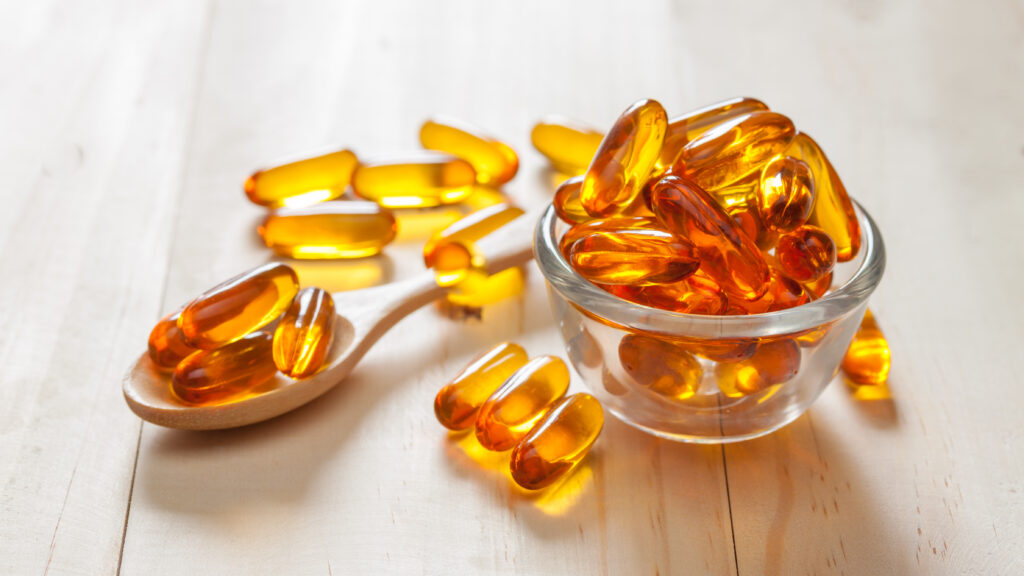A new take on FIFO

A recent study from researchers at three UK universities (Cambridge, Lancaster and Liverpool) and the NGO Feedback Global argued that humans should be consuming small pelagic fish like sardines and anchovies instead of using them for marine ingredients (fishmeal and fish oil) in aquaculture and livestock feeds.
It was argued that aquaculture would be imposing rather than relieving pressure on fish stocks, due to the use of marine ingredients.
The “Fish In: Fish Out” (FIFO) ratio quantifies how much wild fish is used to produce farmed fish and is the principal metric used to measure the impact of aquaculture on wild fish stocks. Yet, the traditional FIFO metric fails to account for different sources of fishmeal and fish oil, such as fish by-products, which have a relatively lower impact on fish stocks than wild fish. The strategic utilisation of fish by-products in feed results in a more efficient use of valuable marine resources. The new proposed method “economic Fish In: Fish Out” (eFIFO) includes market factors (value) by applying economic allocation to the production of marine ingredients. This economic allocation reflects the socio-economic drivers for marine ingredient production. eFIFO achieves this by attributing higher value to ingredients that are more limited, and therefore have a higher economic value.
In many existing FIFO calculations, the fish used for the production of fishmeal and the fish used for the production of fish oil are partially double counted, as the proportionate inclusion of fishmeal and fish oil in feeds is rarely the same as the relative yields from rendering.
Different aquaculture species have varying requirements for the inclusion of fishmeal and fish oil, where production of some leads to spare fishmeal and others to spare fish oil compared to the yield. For example, the production of salmon uses relatively more fish oil, resulting in spare fishmeal that can be used for the production of other species.
The eFIFO methodology works on the principle of “embodied fish” which is attributed based on the relative economic value of fish oil and fishmeal, and that of by-products compared to, e.g., fillets. Historically, the relatively higher price of fish oil leads to relatively higher allocation of “embodied fish” to fish oil compared to fishmeal using the eFIFO methodology. Species with high fish oil requirements, such as salmon, will therefore have a relatively higher eFIFO score.
Similarly the economic value of by-products is used to attribute an amount of embodied fish to these by-products. As a result, the utilisation of by-products results in a lower eFIFO ratio. In this way, eFIFO represents the quantity of marine resources used and their economic value, providing feed producers with a sustainability metric that is more representative of the motivations and sustainability challenges facing the industry.
With these principles in mind, the eFIFO method avoids double counting wild fish resources for aquaculture production.
The eFIFO calculations show that efforts to reduce the dependency of aquaculture on marine resources by alternative feed ingredients have significantly improved the efficient utilisation of marine resources. From a global industry perspective, results show that almost all aquaculture species groups assessed are net producers of fish, while farm-raised salmon and trout are net neutral, producing as much fish biomass as consumed. Of the species groups analysed in this research, only the production of eel is a net consumer of fish.
A toolkit to assess sustainability
The eFIFO score will also be useful in combination with Life Cycle Analysis (LCA), which is used to measure the environmental impact of a product throughout its entire life cycle, from inputs to disposal. Impacts that are most often considered are greenhouse gas emissions or climate change, land use, water use and scarcity, eutrophication and acidification.
However, assessments of impact on marine resources are often lacking. Previous methods for calculating the FIFO ratio are incompatible with Life Cycle Analysis (LCA) because of a lack of allocation of co- and by-products. Because the eFIFO method applies economic allocation, it aligns with other impact categories in LCA software using similar allocation strategies allowing for comparison of trade-offs between marine ingredient use compared to LCA impact categories providing more nuanced analysis.
Sustainability certification and rating schemes still use old FIFO calculation methods that underestimate the efficiency gains in marine ingredient use made by the aquaculture and marine ingredient sectors. Adoption of eFIFO would enable policy makers and stakeholders in the industry to make better informed choices based on a calculation method that takes circular economy principles into account, and this could be a powerful stimulus to greater use and innovation in the utilisation of fish by-products. Such a strategy contributes to the sustainable growth of the aquaculture industry and its crucial role in the global food system.
WHAT WE LEARNED
- Almost all species groups assessed in this study are net producers of fish, producing more fish biomass than consumed on average.
- Global fed aquaculture produces 3-4x as much fish as it consumes. Atlantic salmon and trout aquaculture are net neutral, producing as much fish biomass as is consumed.
- Some Fish In: Fish Out methods misrepresent wild fish use and do not consider the increasing share of fish by-products used in fish feed.
- The economic FIFO (eFIFO) method uses economic allocation that gives a higher impact to the limiting feed ingredient (fish oilmeal versus fishmeal oil), reflecting socio-economic drivers of capture fisheries.
- Attributing fish inclusion based on economic value results in lower impacts for by-product derived marine ingredients compared to unprocessed forage fish.
- Using the eFIFO, rather than conventional FIFO, would encourage by-product use and circular economy principles to lower the overall fish use.
“Fish as feed: Using economic allocation to quantify the Fish In : Fish Out ratio of major fed aquaculture species.” Aquaculture, 528. Kok et al. https://doi.org/10.1016/j.aquaculture.2020.735474
See also the Institute of Aquaculture’s explanatory video
youtu.be/8iXDVL7gqf8

Fish oil has a high value as a dietary supplement for humans

